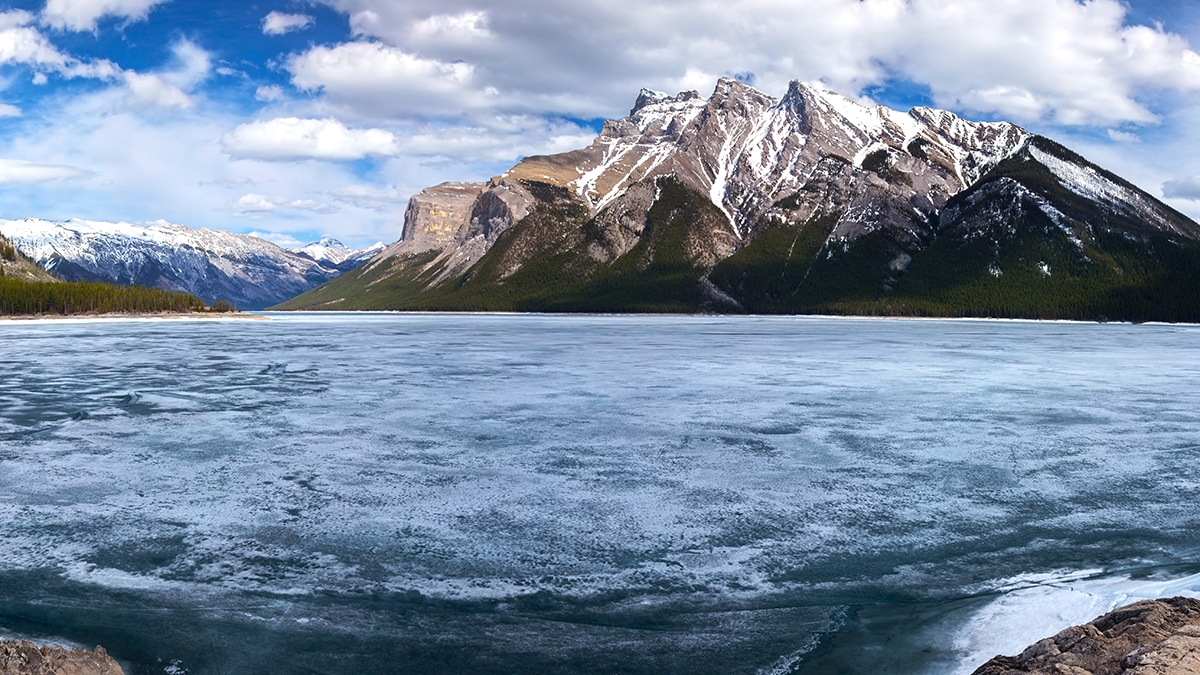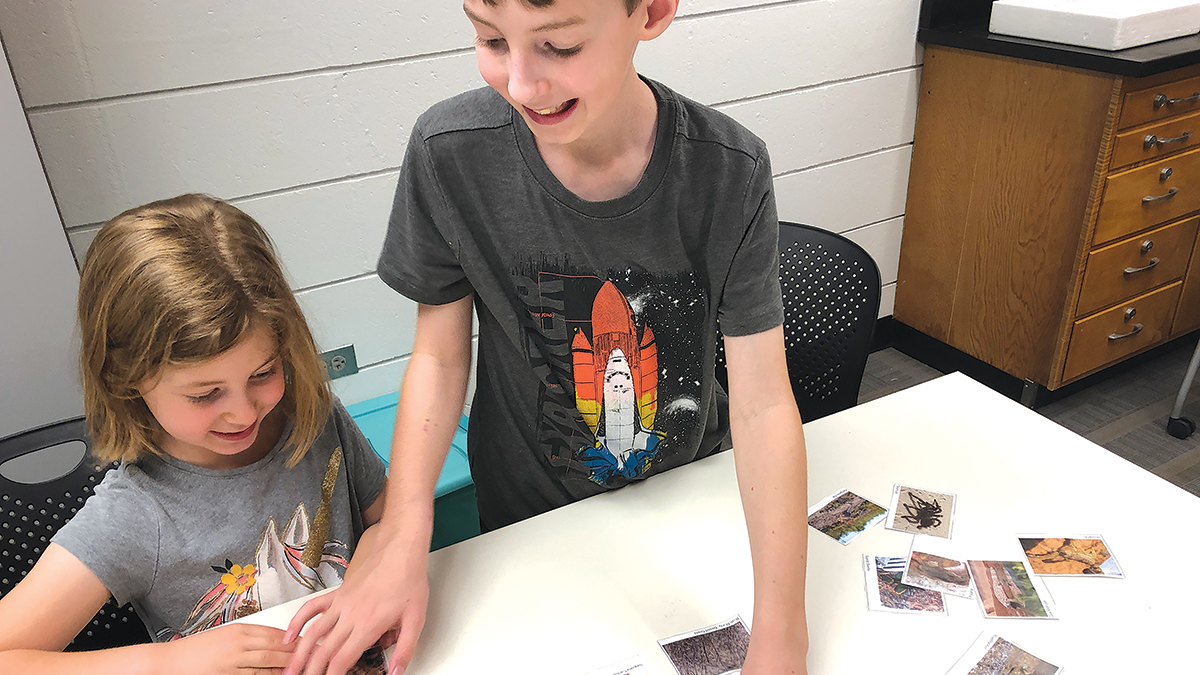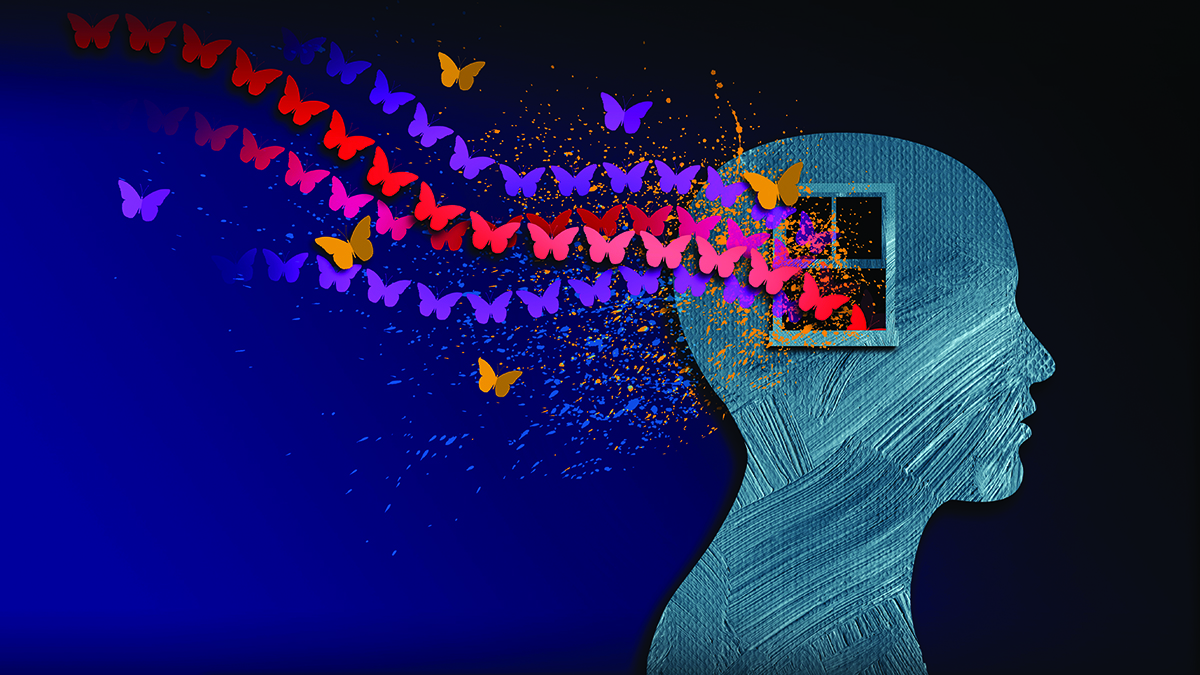Science 101
Q: How Can I Foster Scientific Literacy in My Students?
methods & strategies
Putting Problem-based Learning in Its Place
Investigating local watersheds through problem-based learning and place-based education
Science and Children—July/August 2022 (Volume 59, Issue 6)
By Erica R. Hamilton, Kimberly Pawelka, Terrie Morrow, and Lisa Marckini-Polk
feature
The Miracle of Hickory
A multidisciplinary approach to teaching the novel Blue
Science and Children—July/August 2022 (Volume 59, Issue 6)
By Leslie Bradbury, Rachel Wilson, Eric Groce, Kirby Bell, and Carly Mize
feature
Freezing Lake Phenomenon
Leveraging place to connect teachers and students to complex learning
Science and Children—July/August 2022 (Volume 59, Issue 6)
By Jenna Harvey, Clare Gunshenan, and Martha Inouye

feature
Creating Opportunities
Strategies for introducing Nature of Science during read-alouds
Science and Children—July/August 2022 (Volume 59, Issue 6)
By Jeanne L. Brunner and Christine McGrail

feature
Starting With Science
Fifth-grade students develop speaking and listening skills while investigating food webs and habitats
Science and Children—July/August 2022 (Volume 59, Issue 6)
By Jesse Wilcox, Shawna Person, and Catherine Lyons

feature
Modeling, Reading, and Talking, Oh My!
Using multiple modes to promote sensemaking and scientific literacy in the early elementary grades
Science and Children—July/August 2022 (Volume 59, Issue 6)
By Miranda S. Fitzgerald, Amber S. Bismack, Amelia Wenk Gotwals, Tanya S. Wright, and Erin K. Washburn

feature
Windows Into Thinking
Scaffolding scientific explanations helps overcome barriers to writing
Science and Children—July/August 2022 (Volume 59, Issue 6)
By Kenneth Fleming, Allison Esparza, Beverly Irby, Rafael Lara-Alecio, Fuhui Tong, and Cindy Guerrero

Teaching Through Trade Books
Energy: A Wild Ride
Science and Children—July/August 2022 (Volume 59, Issue 6)
By Christine Anne Royce
feature
What Do You Know About Soil?
Using Ideas Inventory Probes
Science and Children—July/August 2022 (Volume 59, Issue 6)
By Page Keeley


